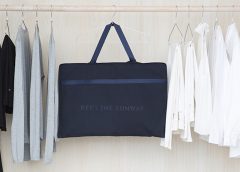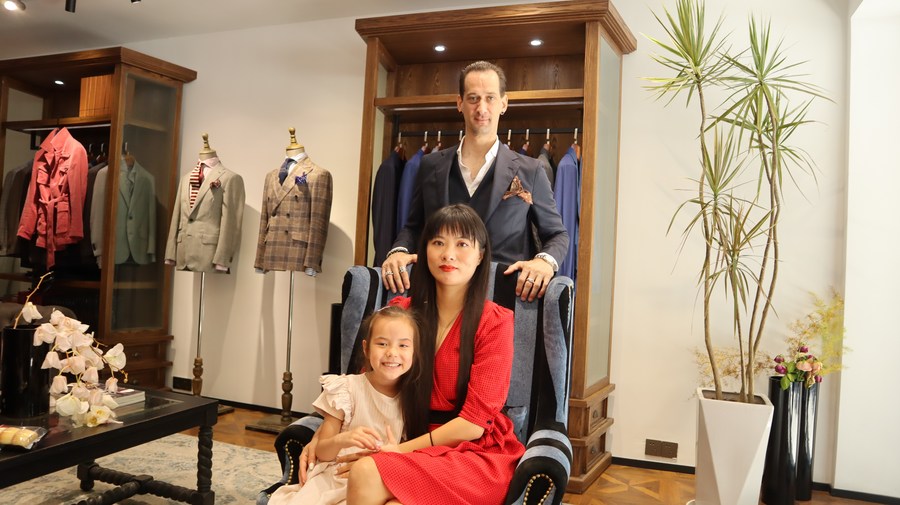
‘Our business is different’: Why fashion rental has withstood the pressures of inflation
[ad_1]
Nearly all sides of fashion are under pressure right now. Manufacturers are dealing with the high costs of raw materials, which put pressure on brands’ profit margins, which in turn means customers have to spend more for the same goods.
But rental fashion has been surprisingly resilient through this period. During the early days of the pandemic, rental was devastated due to the cancelations of most occasions befitting rented clothing. Now, rental companies are seeing higher subscriber growth and steady business at a time when many brands, including DTC brands like Warby Parker and Allbirds, are struggling.
Three-year-old Nuuly, the rental service owned by Urban Outfitters’ parent company URBN, has been adding hundreds of new subscribers a day in the last three months, reaching more than 90,000 active subs as of the end of July. According to Dave Hayne, president of Nuuly and CTO of Urban Outfitters, as the monthly Nuuly subscription cost is $88, Nuuly is well on its way to profitability. For comparison, 13-year-old Rent the Runway has 135,000 active subscribers.
“The topline subscriber growth this year has been fun to watch, but we’re also incredibly excited about our progress toward bottom line profitability as a business,” Hayne said. “We decided early on that we wanted to build a sustainable business in Nuuly, and in order to do that, we needed to eventually turn a profit to support ongoing investments in future growth [like adding 150 new brands to the Nuuly catalog].”
Last quarter, operating losses dipped below 10% of revenue for the first time, meaning Nuuly may be able to hit profitability by next year, Hayne said.
“As prices increase nearly everywhere for consumers, Nuuly delivers a strong value proposition,” Hayne said. “Our program is seen as a way for subscribers to add variety and fun to their wardrobes without overspending or feeling like they’re being wasteful with their money.”
Rent the Runway has also seen resilience in its business despite inflationary pressures. Rent the Runway finished its last quarter with a record high number of subscribers and revenue that increased by 100% year-over-year. The company was hit hard by the pandemic and saw thousands of customers cancel or pause subscriptions.
Rent the Runway CFO Scarlett O’Sullivan said the company is well positioned to deal with fluctuating market situations like inflation or a possible recession due to its cost structure. Around 60% of RTR’s operating costs are variable. They include customer service, performance marketing and revenue share payments to brands, all of which can be adjusted to reflect demand and revenue.
But there’s also an inherent virtue of rental in an inflationary environment due to the way each product is monetized.
“Our business is different than other businesses because we’re able to monetize our products over many years, as opposed to other retailers or e-comm companies that could be stuck with their inventory,” O’Sullivan said.
In short, rental companies also face rising costs, but because each piece of clothing makes money off of multiple transactions, rather than just a single purchase, each dollar spent on costs goes further. Rental does, however, have to deal with extra shipping costs for getting product to and from customers. For its part, Rent the Runway has diversified its shipping partners this year and kept shipping costs steady. Additionally, the company has a goal to offer at-home pick-up to 50% of its customers by the end of the year, which is cheaper than shipping through a national carrier like UPS.
Rent the Runway has increased its prices recently, raising the costs of each membership tier by around $10 in April. But this won’t be a regular occurrence, according to O’Sullivan.
“We don’t have a specific plan for annual price increases,” she said. “From time to time, we might do some mid-single-digit pricing actions when it makes sense.”
[ad_2]
Source link


